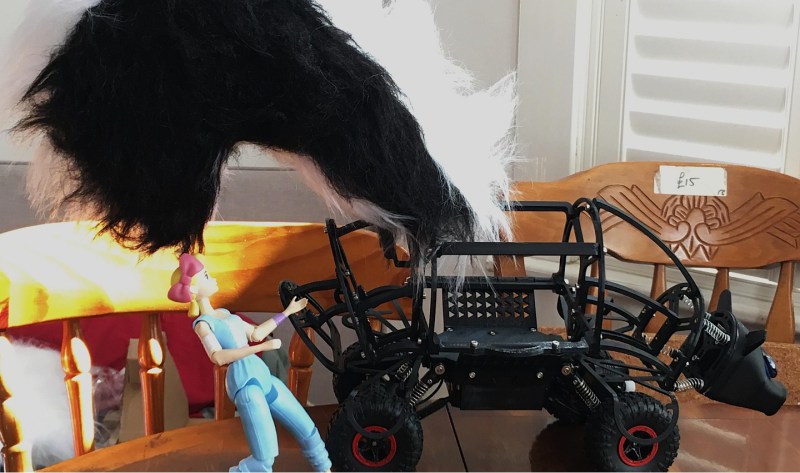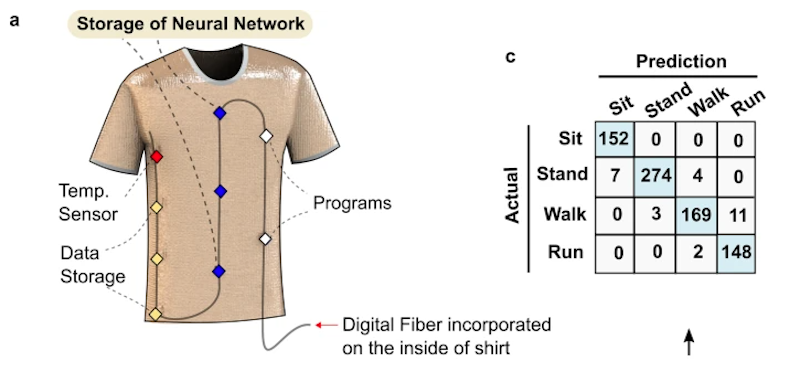Documentation is Hard, Let the SkunkWorks Project Show You How to Do It Well

Documentation can be a bit of a nasty word, but it’s certainly one aspect of our own design process that we all wish we could improve upon. As an award-winning …read more Continue reading Documentation is Hard, Let the SkunkWorks Project Show You How to Do It Well
